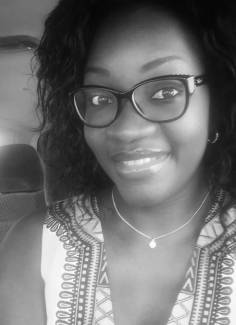While some studies report the positive effects of continuing professional development (CPD) on clinical behaviour, few address the sustainability of these effects as well as the types of approaches that could improve this sustainability.
Our aim was to compare the durability of healthcare professionals' intention to have conversations with patients in cases of serious illness, after training using an interprofessional approach or an individual approach. We conducted a cluster randomised clinical trial with measurements immediately (T1), at 1 year (T2) and at 2 years (T3) after the intervention in primary care clinics in Canada and the United States. Results are reported according to CONSERVE (2021) guidelines. Clinics were randomly assigned to either interprofessional team training (intervention) or individual training (comparator). Our primary outcome of interest, healthcare professionals' intention to have conversations in cases of serious illness, and associated psychosocial variables (social norm, moral norm, beliefs about consequences, and beliefs about abilities) were measured using the CPD-Reaction questionnaire. Data were collected using self-administered questionnaires at 3 stages after training (T1, T2 and T3). Bivariate and multivariate statistical analyses were performed using a linear mixed model for each study time with an interaction term between time and arm. The average age of the 373 participants was 35-44 years, and 79% were women. On a scale of 1 to 7, at T1 the mean intention was 6.0 (SD 1.12) for the interprofessional arm and 6.4 (SD 0.7) for the individual arm. At T2, it was 5.65 (SD 1.39) and 6.04 (SD 0.88) in the interprofessional and individual arms respectively. At T3, it was 5.5 (SD 1.53) in the interprofessional arm and 6.3 (SD 0.74) in the individual arm. The p-value for the interaction between study arm and time was 0.05. The difference in mean intention between the two study arms was 0.02 (CI -0.26 to 0.31), -0.07 (CI -0.49 to 0.34), -0.55 (-1.00 to -0.10) at T1, T2 and T3 respectively. At T3, it was 5.5 (SD 1.53) in the interprofessional arm and 6.3 (SD 0.74) in the individual arm. The p-value for the interaction between study arm and time was 0.05. The difference in mean intention between the two study arms was 0.02 (CI -0.26 to 0.31), -0.07 (CI -0.49 to 0.34), -0.55 (-1.00 to -0.10) at T1, T2 and T3 respectively. In conclusion, healthcare professionals' intention to have conversations in cases of serious illness varied over time according to the training approach. This intention was lower at the 1- and 2-year follow-up after training using an interprofessional approach compared with training using an individual approach.
Our results could help to improve continuing professional development, and hence the quality of care offered.










